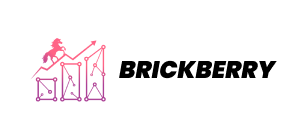Your Complete Guide to PHP Web Development
Discovery & Planning
We define the project scope, identify the right PHP frameworks, and outline the architecture, features, and milestones for a smooth project journey.

UI/UX Design
Our design team creates user-focused, mobile-responsive web interfaces that offer a seamless experience across all devices.

Development
Using modern PHP frameworks like Laravel and CodeIgniter, we develop scalable, maintainable, and high-performing websites tailored to your needs.

Testing
We perform multi-browser testing, speed optimization, and functionality validation to ensure that your website runs smoothly and efficiently.

Launch
Your website goes live with optimized speed, security, and SEO elements. We also support hosting and domain setup as required.

Post-Launch Support
From ongoing maintenance and upgrades to performance tuning, our PHP experts ensure your website stays modern and competitive in the long run.


